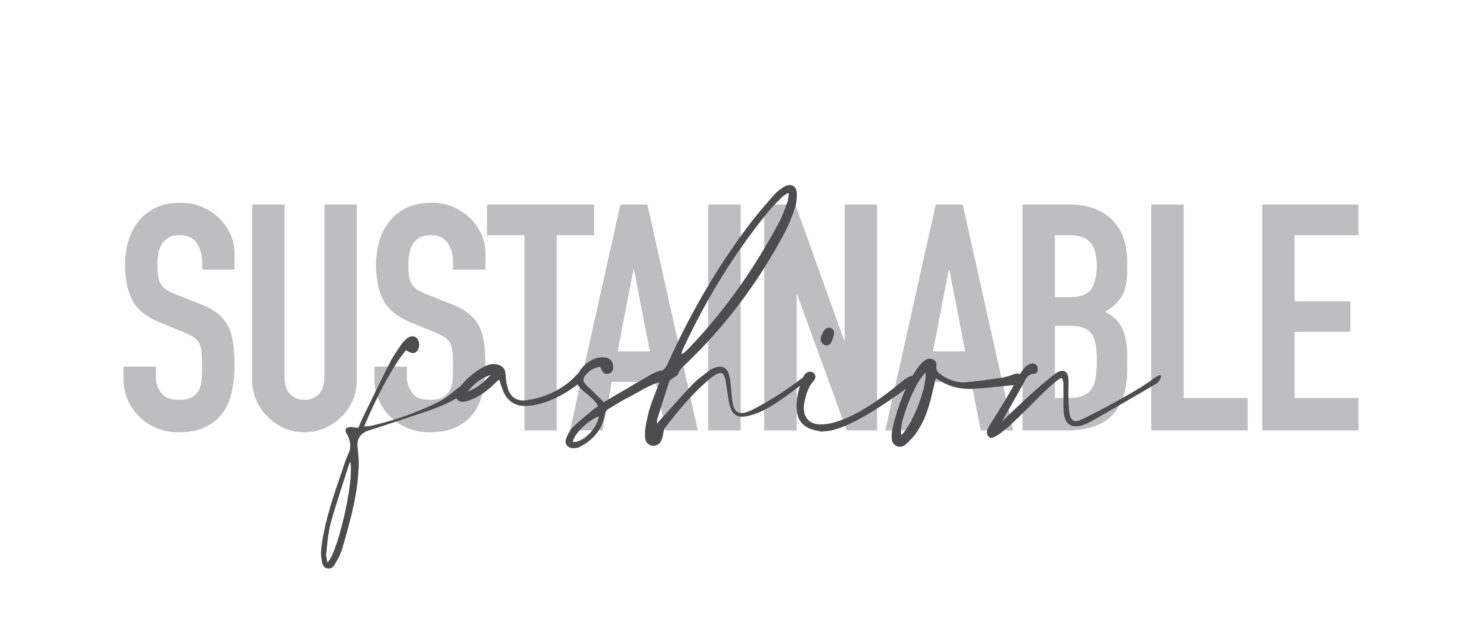Greenwashing: How to avoid it for sustainable brands
Standing out in a crowded market
From high street retailers to luxury labels, it feels like every brand is championing sustainability. So if you’re a fashion or beauty brand with strong green credentials, how do you avoid greenwashing and drowning in a sea of meaningless claims?
Cracking down on false claims
Last year, a report by the Changing Markets Foundation showed that almost 60% of green claims made by major fashion brands could be misleading. Since then, fashion and beauty brands in particular have come under increasing scrutiny in an effort to crack down on greenwashing. The Competition and Markets Authority (CMA) in the UK, which published its Green Claims Code in September 2021, has started reviewing sustainability claims in the fashion retail sector this year, while the European Green Deal and other initiatives aim to make sure that companies substantiate their claims when marketing their products in the EU.
The real challenge for sustainable brands
These measures should benefit brands with genuine green credentials by making it harder for other companies to get away with vague or misleading claims. But your sustainable brand still faces two major challenges:
1) How do you stay front of mind in a crowded market?
2) How do you build trust among your consumers?
With so many brands adopting a more sustainable approach, it can be tough to stand out from the competition. Consumers have also learned to distrust fashion retailers’ woolly claims, while beauty brands are under pressure from apps like Yuka>, INCI and Clean Beauty which scan ingredients to reveal how sustainable their products really are.
The key to avoiding greenwashing lies in creating the right content that will cut through the noise and help you win over new customers. Here are five tips to make sure you communicate your claims honestly, effectively and transparently.
Choose your words carefully
There are a lot of buzzwords out there and many brands are using terms like “conscious”, “responsible”, “clean” and “organic” to reflect the latest trends without communicating what these claims actually mean.
Clean beauty in particular is often criticised as ambiguous or just a fad. Sustainable fragrance brand Maison Louis Marie gets around this by explaining its own interpretation of clean beauty. It isn’t the most elegant English translation but it highlights why the brand is “clean” (no toxic, animal-derived or animal-tested ingredients) and the benefits for both the user and the environment.
Define the concept at the heart of your brand and personalise it by explaining what it means to you. This will ensure that your brand comes across as authentic and therefore more trustworthy. You’re also much more likely to appeal to consumers who are looking for companies that share their values.
Use terms specific to your industry
Try to avoid using generic terms that can be applied to any industry. Get clear on what makes your brand sustainable and be as specific as you can.
Do your products contain recycled or biodegradable fibres? Is the process used to make your products more energy efficient, waterless or less polluting? These are your USPs and they should be front and centre in all your communications to differentiate your brand from the competition.
French start-up Salut Beauté specialises in chic tailoring for women made from pre-used or deadstock fabric. Rather than simply claiming to be sustainable, its whole ethos is based on upcycling (surcyclage in French), which is how the brand has chosen to combat pollution and waste in the fashion industry.
Similarly, beauty brand Gallinée lists formulations minimalistes (formulas that contain only essential ingredients) among its key commitments to preserving the environment. This approach is specific to the cosmetics industry and Gallinée manages to explain the concept and its benefits clearly for the consumer.
Be careful how you translate it
Durable means “sustainable” in French, not to be confused with “durable” in English which means something that is long-lasting or hardwearing. Fabric that lasts longer is certainly good if you’re trying to be more sustainable but don’t get the two meanings mixed up.
Beauté engagée is sometimes translated as “conscious beauty” but it’s more than that. Conscious always feels a bit passive to me in English, whereas “engagé” conveys a sense of activism and implies that the brand is taking practical steps to ensure its products are more sustainable (“responsible beauty” is a better translation in my opinion).
These are just a couple of examples from French to English, but whatever language you’re translating into, make sure you’re using the right terms to avoid any risk of greenwashing in your local markets.
Make it clear and transparent
Now you’ve pinned down your concept, you need to find a way to communicate it clearly and convincingly to consumers.
One of the most notorious examples of greenwashing was H&M’s Conscious Collection, which was found to contain a higher proportion of synthetic fibres than its fast-fashion line by the Changing Markets Foundation. The product descriptions on the website lacked detailed information about the production processes and materials used, which ultimately undermined the collection’s claim.
H&M has since cleaned up its act with a dedicated page on the retailer’s sustainability efforts. The new content is clear and engaging, even if the focus is on inspiring shoppers to consume their products more sustainably rather than transforming the industry itself.
Transparency is key when its comes to avoiding greenwashing. Be honest about what makes your product more sustainable in all your communications. Nudie Jeans includes details of its suppliers and every stage of its manufacturing process on a separate tab for each product on its website. It’s a much less accessible brand than H&M (and can afford to produce its clothing more sustainably), but this is a great way of organising the site’s content to ensure maximum readability and transparency for customers.
You can also be open about areas where your brand can’t be more environmentally friendly. British natural beauty brand Faith in Nature is clear about when it uses organic ingredients and when it doesn’t (and why), reinforcing its position as a transparent sustainable brand consumers can trust.
Remember your audience
Finally, make sure your content is written for your target market. This recent Ganni post on Instagram felt like a cut and paste from their internal communications. It includes too much information for just one post and mentions the terms“insetting” and “offsetting” without explaining what they are. The overall point gets lost.
In contrast, sustainable eyewear brand Arnette clearly aims its content at Gen Z consumers. Like a lot of similar brands, its frames are made from bioacetate and recycled materials, but its content stands out because it talks about sustainability in a unique and engaging way that is tailored to its audience (see its Green Manifesto for inspiration).
Overall
When it comes to sustainable marketing, being vague about your claims just won’t cut it. The best brands explain their own personal approach to sustainability and what each concept or trend means to them.
Brands that do it well:
Maison Louis Marie Define your concept https://maisonlouismarie.com/
Gallinée Explain the jargon https://www.gallinee.com/fr/eco-conception-les-engagements-de-gallinee/
Salut Beauté It’s all about your USP https://www.salut-beaute.com/pages/upcycling
>Nudie jeans A masterclass in transparency https://www.nudiejeans.com/product/hightop-tilde-light-stonewash/
Faith in Nature Honesty is always the best policy https://www.faithinnature.co.uk/pages/sustainability
Arnette Unique content tailored to its audience https://www.arnette.com/en-uk/c/sustainability

